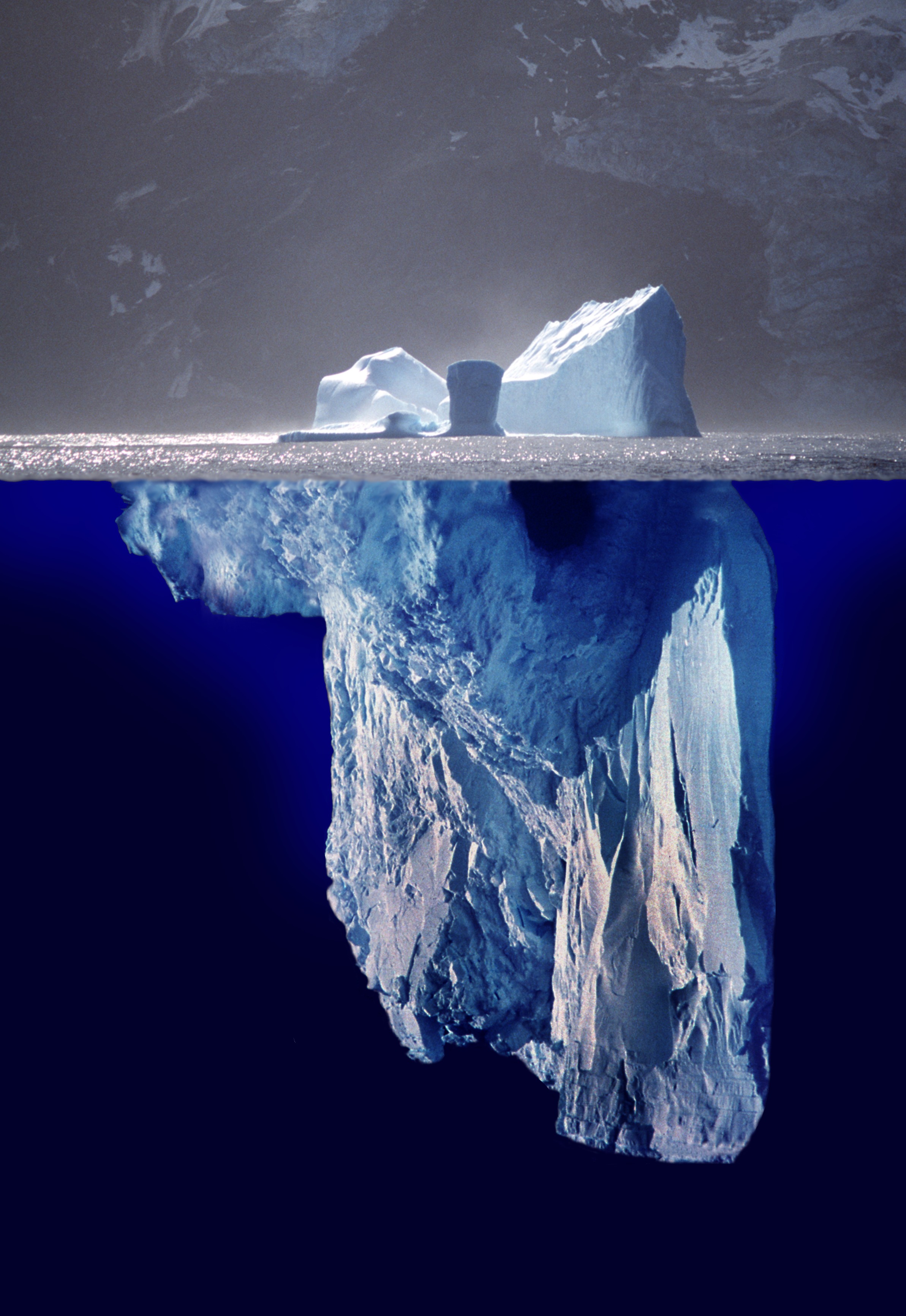Panda Porn and Jurassic Park: why should we conserve species that refuse to have sex?
You know the vac has reached a new low when you start searching up panda porn. Not the actual stuff—which is both visual and auditory for maximum stimulation—but the long Wikipedia article on it. “What sort of sick person creates this,” I hear you cry. The answer: some of the world’s most dedicated conservationists.
Pandas have been flirting with extinction for decades, but the situation became more urgent in the 1990s when zookeepers realised their precious charges were extremely reluctant to make babies. A solitary species, pandas will often kill each other if kept together. Females are only receptive one or two days per year, and the males are useless at all stages of the process. Even if they actually have sex, the male often—ahem—finishes too early for a pregnancy to result. To improve this dire situation, scientists in Thailand in 2006 created panda porn to get them in the mood.
Let’s not be too harsh on the poor panda. I can’t imagine being introduced to a random stranger in a small enclosure with loads of tourists ogling would be particularly sexy, even with the addition of explicit videos. But it does make their conservation difficult, as wild panda populations are increasingly suffering in the face of climate change. By 2100, all of the Giant Pandas’ existing habitats are likely to be too hot for them. So why bother conserving them? With 46,300 species threatened with extinction, can we waste resources on species determined to remain unreproductive virgins?
One individual that is definitely not a virgin is Diego the giant tortoise. Formerly residing in San Diego, 130-year-old Diego was triumphantly returned to his homeland in the Galapagos in 2020 after having “so much sex he saved his entire species.” Diego had been an enthusiastic participant of the Charles Darwin Research Station’s captive breeding programme for the Hood Island Giant Tortoise. As a result, 40% of the 2,300 tortoises on Diego’s home island are his direct descendants. To put this achievement in context, in 1977 there were only 15 individuals left. No tortoise porn was needed, although the sounds used in Jurassic Park for the velociraptors are in fact sounds of tortoises mating.
It has been easy to save Diego’s species, but does this mean we should prioritise them over Giant Pandas? Biologists are often so busy preserving species that they do not think about why they are doing it. In the 19thcentury, the Romantic movement established the first ethics of conservation, stating that unspoiled wilderness had intrinsic value. It was these principles that lead to the creation of the first nature reserve, Yosemite, in 1890. Throughout the 20th Century, the concept of ‘intrinsic value’ filtered down to the species level (biocentrism) and spawned hundreds of campaigns looking to save some of the world’s most charismatic species, like the kakapo, tiger and yes, the Giant Panda.
Unfortunately, this well-meaning movement has failed to combat the greedy hand of capitalism. Intrinsic value has not stood up well against the economic value of, for example, giant panda pelts, with poaching being the main cause of the pandas’ plight. Romanticising nature as intrinsically valuable may be a luxury only the rich can afford—Byron was a Lord for God’s sake! Talking of God, He is yet another problem. The intrinsic value the poets were talking about ultimately stemmed from the value of God’s creation: a concept increasingly alien in an atheist world.
Can we justify spending tax-payer’s money on panda porn if God did not tell us to do so? That greedy hand of capitalism may in fact come to our rescue. Divine or intrinsic value may be intangible, but monetary value is not. I personally dislike the term “ecosystem services”—after all, they don’t exist for our benefit—but it is true that ecosystems, and the species within them, provide public benefits that would otherwise cost millions. Hoverflies provide $300 million worth of pollination services each year. Often, the impact of a particular species only becomes clear when that species goes extinct. The most famous example of this comes from Yellowstone Park. In the early 20th Century, wolves were exterminated from the park and as a result, deer numbers exploded. The deer grazed the vegetation from around the rivers, the rivers eroded their banks and started to flood. So, the wolves control the course of rivers.
Little research has been done on the ecosystem services of the panda, but it is likely that they are important seed distributors in their native forests. Extinction of the panda would therefore result in lower diversity and climate change resilience in the plant community.
I’m not saying pandas have no intrinsic value. I’m sure for the researchers who care for them, the pandas they work with have huge value, but the concept of intrinsic value is different in every individual. To convince a selfish, atheist, and capitalist society that pandas, or any endangered species, need saving, there needs to be a tangible benefit for humanity. If scientists want a stronger case to defend the panda, more research is needed into their economic benefit. It might be that, like wolves in Yellowstone, they indirectly influence the course of the rivers, or the nutrient cycle. We just don’t know.
It’s looking a bit dire for the panda. Conserving in the name of unknown benefit is not a great cause to rally around. But, as a biologist, I can’t bear (get it) to conclude that society should let Giant Pandas amble their way to extinction. So, I have two saving graces for the poor panda. Firstly, they are cute—and in conservation, pretty privilege is real. Second, like Diego, pandas are some of Earth’s last remaining megafauna, animals above 55 kg. Megafauna, by virtue of their size, tend to have a large impact on their environment. Giant tortoises like Diego create a whole ecosystem, called “tortoise turf,” via grazing and wallowing. In Britain, we have lost all of our old megafauna, including straight tusked elephants and cave lions, which may partly be why our wildlife is in such trouble. It may be pandas have a similar impact—but the danger is they will go extinct before researchers work out what that impact is. So, long live panda porn (oh yes, YES)!∎
Words by Oliver Ray. Image by Ben Alman via Flickr.







